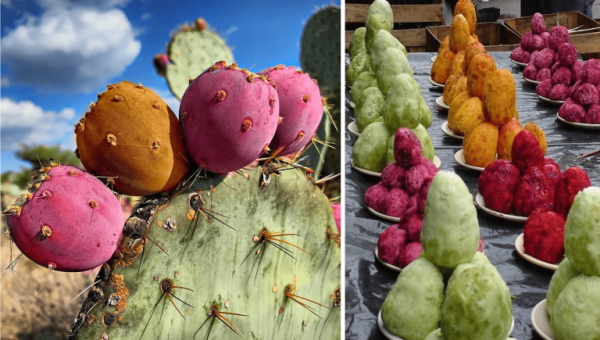There is a great diversity of cactus fruit (tunas) in the country and the ideal with chili and lemon.
April 06, 2021).- The tuna is the fruit of the nopal, in Nahuatl nōpalli and nōchtli for the tuna. Tunas in the wild are eaten by many arid land animals such as birds, which help to distribute the seeds. This fruit exists in a great variety of colors and shapes, and like most species of cactus, tunas are native to the American continent, but they exist in many other areas of the world.
In Mexico, tunas are abundant most in the central and western regions, and in the United States are native to many arid, semi- arid, and drought-prone areas of the western and southern part of the country .
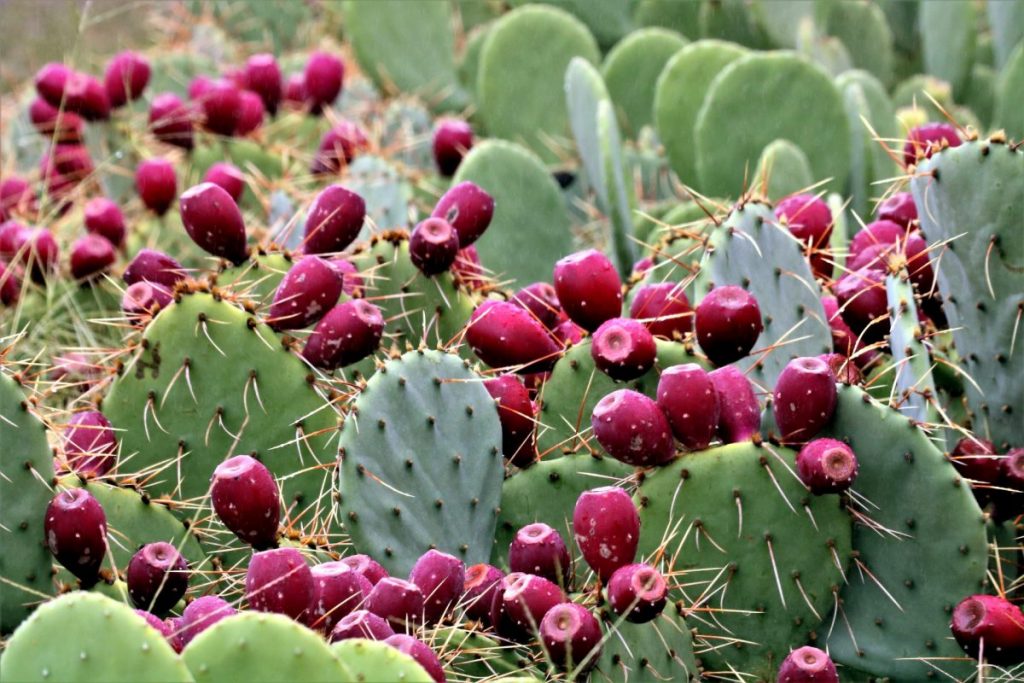
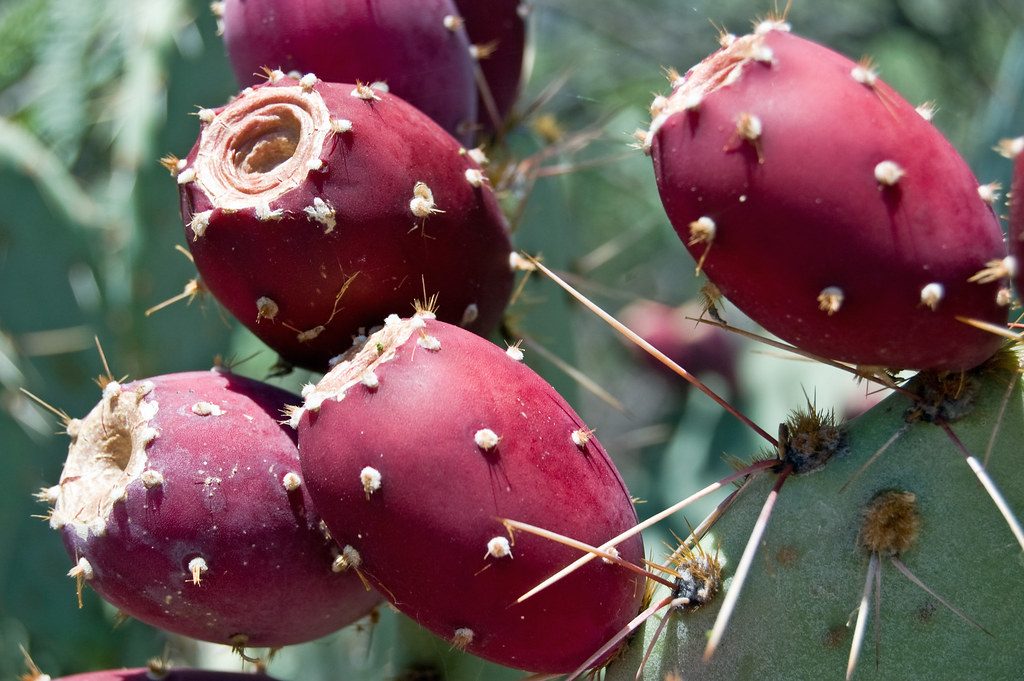
There are tunas in various colors such as red, wine red, green or yellow-orange. In the Galapagos Islands, cactus fruits are a main source of food for giant tortoises. The tunas were imported to Europe in the 16th century and to Australia in the 18th century, where they actually became an invasive species that turned 260,000 km2 of farmland into an impenetrable green “Nopalera“. Dozens of farmers were driven off their land by this “green hell.”
The pre-Hispanic culture used the red tuna, as well as the cochineal to dye textiles and other products in different colors; since this parasitic insect lives in cactus feeding on moisture and nutrients in the cactus sap. The insect produces carminic acid, which deters predation by other insects. The carminic acid can be extracted from the body and the insect eggs to obtian the red color ink.

Long cochineal was used as a red food coloring and cosmetics by the Aztec and Maya indigenous peoples of Mesoamerica, and by the Incas in South America. It was produced in Oaxaca by indigenous producers, to the extent that cochineal became the second most valued export from Mexico after silver.
The shield of the flag of Mexico represents a Mexican royal eagle on top of a cactus holding a rattlesnake. According to the official history of Mexico, the shield is inspired by an Aztec legend about the founding of Tenochtitlan, and has three red tunas can be observed protruding from the nopal.
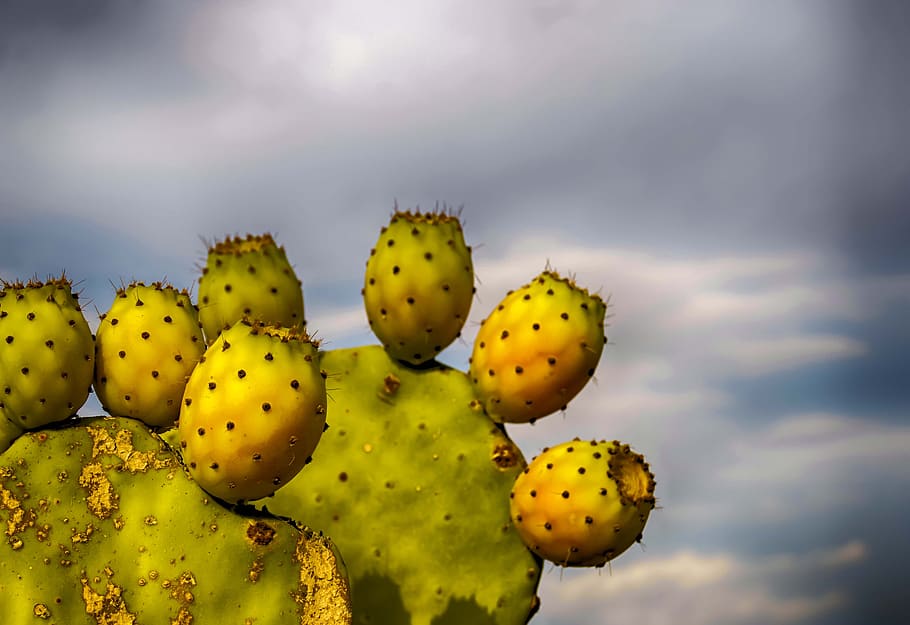
The tuna has also been used as a medicinal product in pre-Columbian ancient times. The ancient Aztecs used it to heal wounds, in addition to drinking juice to lower fever, among many other remedies. It is also a great antioxidant thanks to its detoxifying properties as it helps to neutralize free radicals that cause cellular aging, and to reduce and dispose of toxic substances.
The composition of this fruit makes it a perfect ally to fight bad cholesterol; favors the digestive system since the seeds contained in this fruit help reduce constipation problems; and it is very common to use it to combat gastritis, heartburn and gastric ulcer .
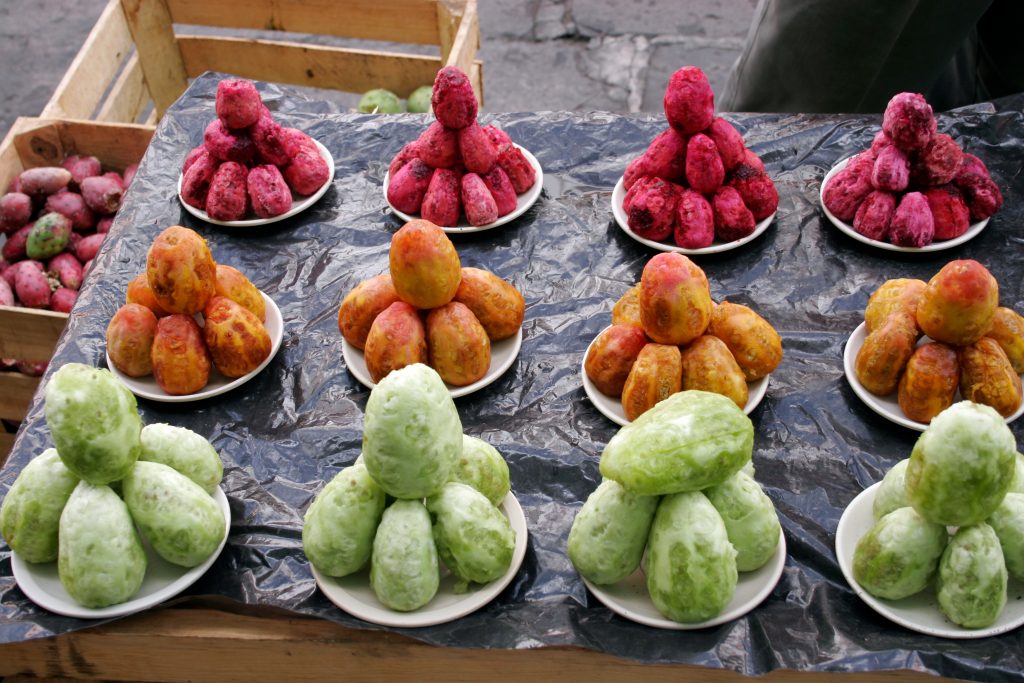
Tuna also prevents cardiovascular diseases as it contains an alkaloid called Cantina, which helps reduce heart problems. The tuna and the cactus are recommended for diabetics as it controls blood sugar levels.
Another of its properties is that it helps to lose weight since the tuna contains 80% water, which helps our body to lose those extra pounds.
Source: Mxcity

